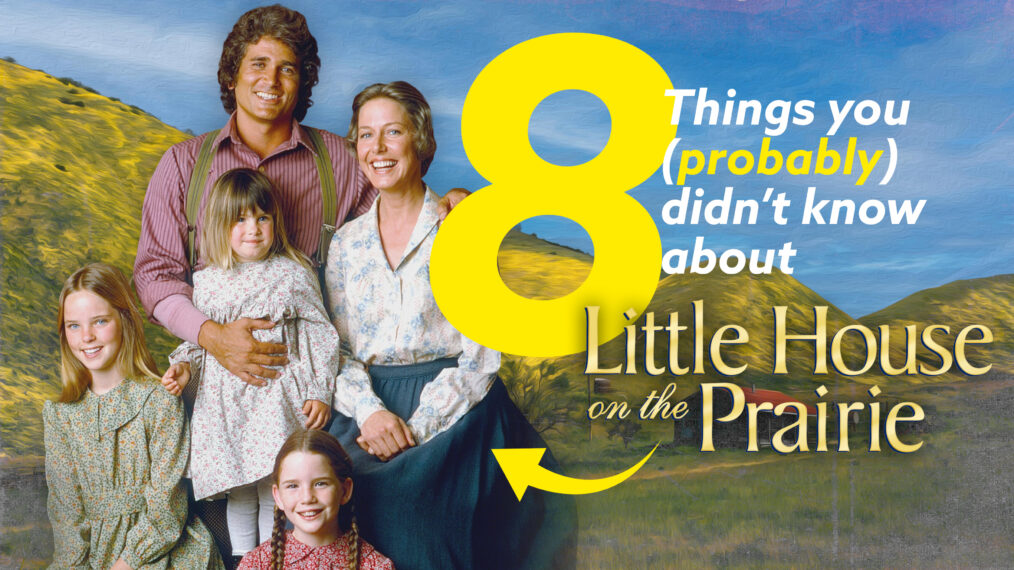Michael Landon Feuded With Karen Grassle & Other Behind the Scenes Stories From ‘Little House on the Prairie’

Life on the prairie is tough. Skittish animals, disease, violence, Nellie Olesen … the threats never seem to end. But on the California set of Little House on the Prairie, which hit TV screens on September 11, 1974, things were sometimes almost as unpredictable. From feuding costars to overheating actors, many things happened in between takes in Walnut Grove.
1Michael Landon and Karen Grassle Feuded On Set

Everett Collection
Though Ma and Pa were always a great team on screen, in real life, things were quite different. In advance of the second season, Karen Grassle asked for a raise; in a 2021 interview with the New York Post, she claimed that Michael Landon blocked it by saying that her character was not that popular, and that her pay should be commensurate with that of the show’s younger actors.
After this dispute, Grassle claimed that Landon, who also produced the show, began to leave her out of storylines, give her the cold shoulder and talk down to her on set. Grassle felt bullied, and said Landon made demeaning comments in her presence.
Luckily, the situation was resolved — Grassle eventually received her raise, and she and Landon reconnected before his 1991 death. “I am very grateful that we mended our fences,” she said.
2The Set Was So Hot Cast Members Passed Out
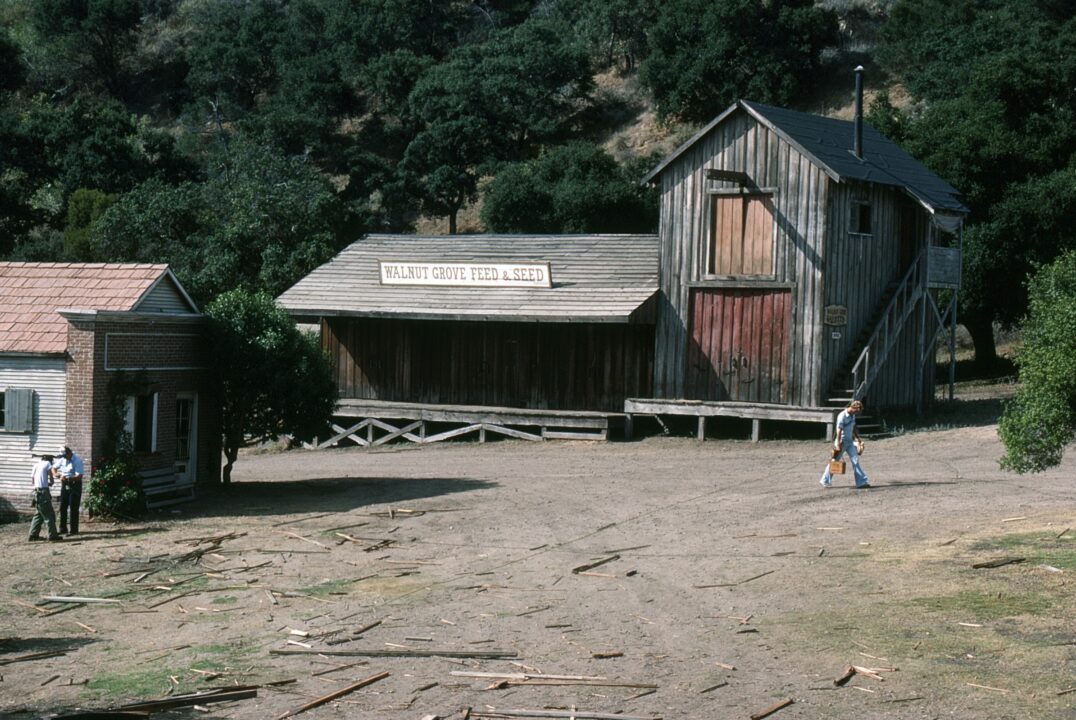
Richard Hewett/TV Guide/Everett Collection
Little House‘s period-accurate costumes are part of what made the show so fun to watch. But it was less fun to wear the outfits, especially in the California heat. The costumes of female cast members typically included tights, petticoats, boots and long-sleeved dresses with eye-hooks up the back. All of this was worn during daytime, outdoor shoots in Simi Valley, California, where the average temperature never drops below 60 degrees, and generally tops 80 degrees throughout the summer.
According to Alison Arngrim, who played Nellie Olesen, the temperature was over 100 degrees on her first day on set — and that wasn’t counting the heat generated by the lights used for filming. In a full costume, Arngrim (who hadn’t eaten breakfast that day) began overheating almost immediately.
“As we were standing there setting up the scene, I started to feel woozy, but I didn’t dare say anything. I didn’t want anyone to think I wasn’t up to the job or that I was some kind of wuss,” Arngrim wrote in her memoir, Confessions of a Prairie B***. But overheating made delivering her lines a struggle: “I was so weak, I sounded like I was speaking from a hospital bed.” Moments later, Arngrim’s vision distorted, and she blacked out. Revived by a set medic, Arngrim completed the day’s shooting, and became the series’ beloved villain. But the true villain, as usual, was overdressing for the weather.
3More Than One Episode Was Based On Bonanza

Everett Collection
Michael Landon shot to fame as Little Joe, the youngest son on the Cartwright family, on 14 seasons of the hit Western series Bonanza. But he also wrote and directed multiple episodes for that show — and when he co-created Little House, he took some of his Bonanza ideas with him.
Some episodes of Little House bore a striking resemblance to Bonanza episodes, down to plot, dialogue, titles and even camera angles. Most famously, in the 1970 Bonanza episode “A Matter of Circumstance,” Joe is injured after he is kicked by a horse, and tries to deal with the fallout of his injury while alone at home. He tries to amputate his hand, but passes out before he can finish. In the 1976 Little House episode “A Matter of Faith,” Caroline cuts her leg while home alone, and struggles to take care of the infected wound while waiting for her family to return. She tries to amputate her leg, but passes out before she can finish. Both episodes were also written by B.W. Sandefur, and directed by William Claxton.
While other episodes weren’t such direct remakes, they did borrow ideas from Bonanza. The Bonanza episode “A Dream to Dream” served as the inspiration for the Little House episode “Someone Please Love Me,” while Bonanza‘s “He Was Only Seven” provided the raw material for Little House‘s “He Was Only Twelve.”
4Nellie Olesen’s Wig Made Alison Arngrim’s Head Bleed
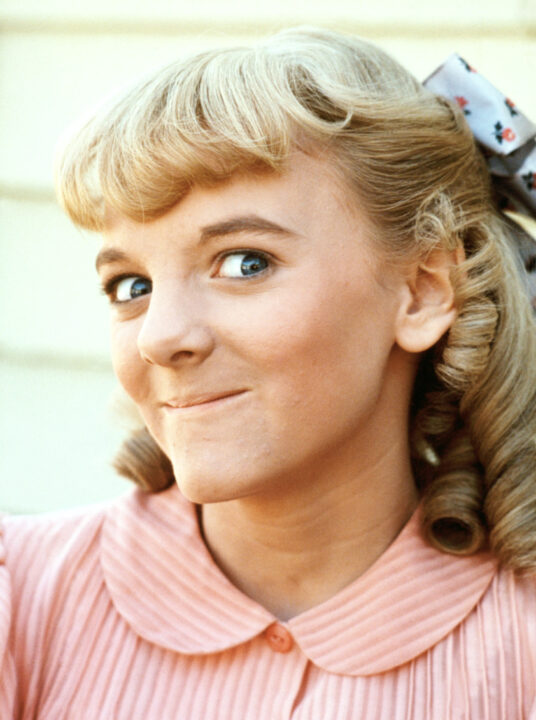
Everett Collection
At first, Nellie Olesen’s dramatic hairdo was Arngrim’s own hair — she slept in curlers every night, and showed up to set at 4:30am so that hairdressers with curling irons could get the look right. Deciding this was not sustainable, the costume department designed Nellie’s famous wig — but that wasn’t always smooth sailing, either.
To make sure that the elaborate wig stayed in place for the entire episode, it was secured with a large number of bobby pins and a metal comb. “And yes, it hurt all day,” Arngrim wrote. “There was no point at which it felt comfortable, or when I didn’t turn my head a certain way and feel the pins dig in.” However, on long filming days — or days when Nellie got into one of her infamous tussles — “the comb and the pins would dig in and cut my scalp in places. On those days, if I ran my hand through my hair and rubbed my scalp, when I pulled my hand out, there would be little flecks of blood on it.” When that happened, the set hairdresser would run out and disinfect Arngrim’s head wounds with Sea Breeze astringent.
5A Producer Quit the Show Because He Thought the Ingalls Were Too Fancy
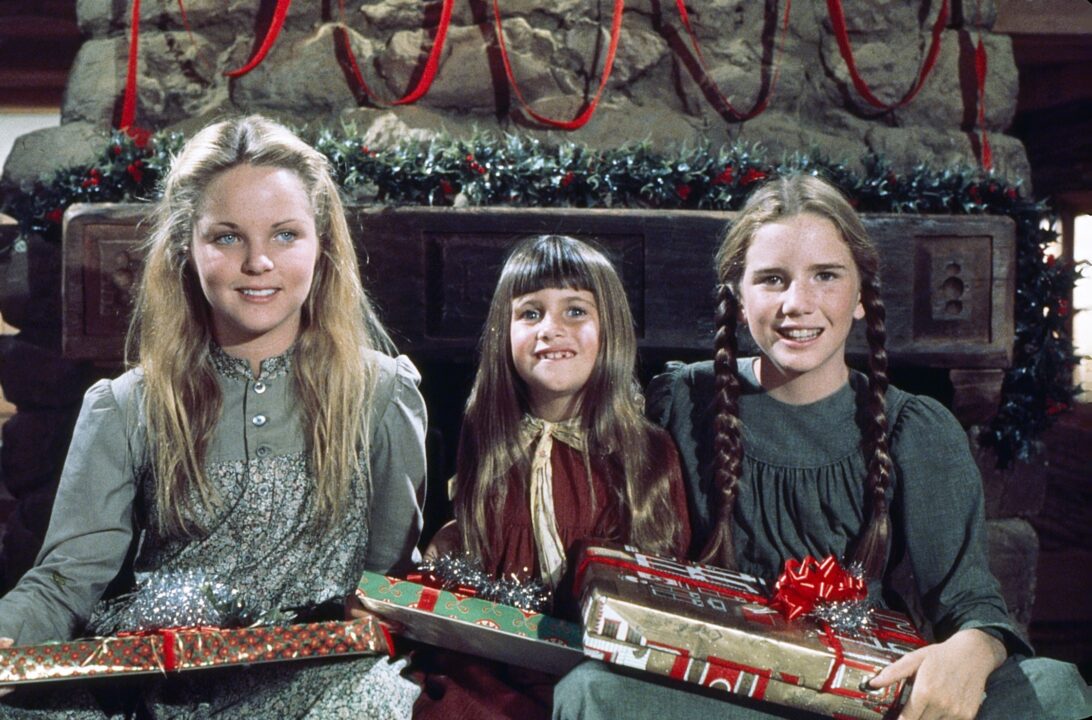
NBC/Courtesy Everett Collection
The Ingalls family certainly lived rougher than most of us would like to (using an outhouse in a Minnesota winter?). But for producer Ed Friendly, the family had too swanky a lifestyle — in comparison with the books, at least. Friendly, who was an original producer on the show, told People Magazine in 1974 that Landon and other producers had made too many changes, from giving the Ingalls kids shoes because Landon supposedly didn’t want them to be “the poorest kids in town,” to moving the clan from a sod house to a frame house because “one NBC boob said, ‘I find it depressing to live in a sod house.’” Friendly claimed, “I’ve renamed the series How Affluent Is My Prairie? … They have everything but a Cadillac.” Friendly, who created Rowan and Martin’s Laugh-In, left the series before it ever aired — and it seemed to do just fine in his absence. And those Walnut Grove kids were probably very happy that they got to wear shoes — they were dealing with enough other problems.
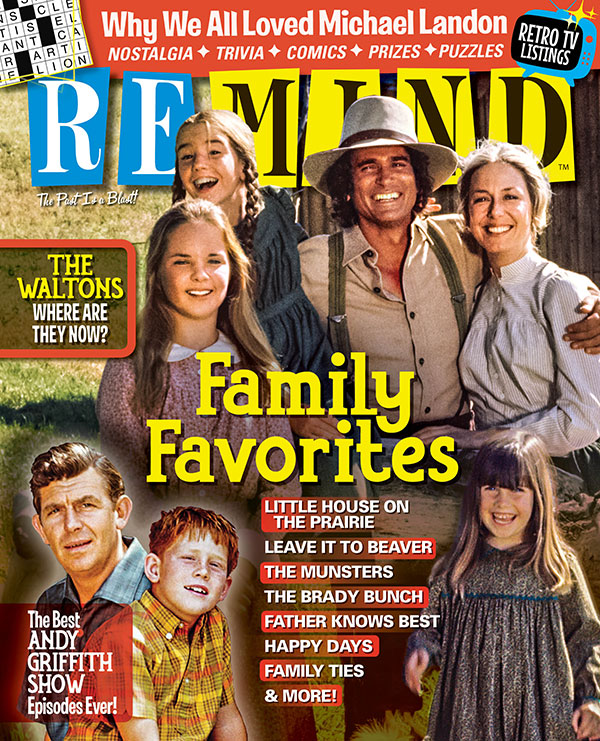
Favorite TV Families
April 2019
Celebrate the best of the best of TV families!
Buy This Issue
